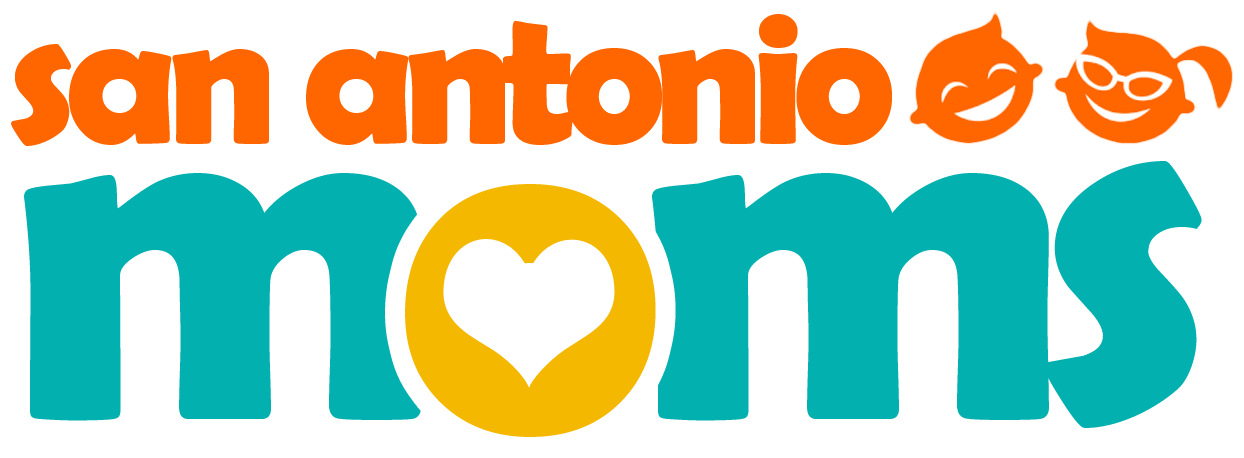Due to autistic children’s unique difficulties, traditional teaching methods are much less effective. The majority of accommodations and programs for these children focus on their strengths while also compensating for their weaknesses at the same time. Knowing what these teaching methods and accommodations are and how to use them effectively will enable teachers to help children achieve academic success and teach autistic children effectively.
Learning how to teach children with autism will be a challenge. Learning how to teach young children with autism will be ever more of a challenge, but more important. Use these strategies to help you teach kids with autism and give them a chance at life.
Universal Teaching Accommodations For Autism Children
Table of Contents
There are several universal teaching accommodations that are used to help students who have autism. These include:
- Students who have autism will oftentimes have communication delays or deficits. Those children who have significant delays, however, will need to use a picture communication system in order to communicate by using a set of symbols. In this case, both the student and their teacher have a small set of frequently used symbols on them that can be easily accessed. Whenever they use these picture symbols the child is encouraged to actually pair a word with the symbols on the card. Even those children who do have verbal skills may still tend to be very literal and need to have more abstract language reworded for them. This is a great tool for teaching children with autism.
- Teachers will oftentimes have a peer model sit near the student that has autism. This is oftentimes very effective accommodation. While the peer model does not have to do anything except for being a good role model who is always on-task, this is still quite helpful for an autistic student since they need to have visual cues about what they should be doing. This is something that the peer model can do (provide cues) without even realizing that they’re actually doing something that is actually helpful for this other student.
- Structured routines with visual schedules for support are also beneficial to children with autism and thus they are oftentimes used within the classroom. Even if the autistic child is verbal, they will still tend to process information better whenever it is presented to them visually. These children also do not always tend to handle changes in their routine very well. Creating a simple visual schedule is also helpful here. The visual schedule is simply a strip of paper that has picture representations of the daily schedule on it. Teachers can make changes in a routine on this visual schedule ahead of time.
Research-Based Teaching Methods for Autism Children
Besides the universal teaching accommodations that are made for students with autism, there are also some research-based teaching methods that you should know about as well. These include:
- Applied behavioral analysis is a research-based method of providing targeted interventions and measuring their effectiveness. Data is collected after the intervention has been appropriately and steadily implemented for a set period of time. This data can then be compared with the initial data in order to document any changes that have occurred within the targeted behavior. This data can be as simple as making a checkmark whenever the targeted behaviors occur.
- Step-by-step instruction with modeling, role-playing so that the child can practice the skill and then prompting the use of the skill in natural settings is oftentimes used in order to teach both social and behavioral skills. According to the National Autism Center modeling (combined with both prompting and reinforcement) is one of the more effective methods of teaching these skills to children who have autism spectrum disorders.
- In naturalistic teaching child-directed behavior is used as teachable moments for learning new skills. For instance, if a child only wants to play with cars, the teaching may involve requiring some approximate language use in order to obtain the car. This method has been found to be an effective teaching strategy by the National Autism Center’s National Standards Project.
- Story-based autism teaching interventions have also been found to be quite an effective teaching method by the National Standards Project. This is because children with autism sometimes need to have the information explained to them in a step-by-step fashion within a natural scenario that can be presented to them visually. One way of doing this is through the use of social stories. However, this type of intervention can also be used for academics as well. With these interventions, the correct behavior is presented within the context of a social scene that is paired with visuals.
Teaching Methods For Children With Autism
Autistic children display a lot of different types of learning differences. These differences require the use of specific teaching methods and accommodations. Whenever such methods and accommodations are used, learning is enhanced. This is why it is important to know the typical methods of addressing the learning needs of autistic students.
Learning how to teach children with autism can be done with a variety of techniques and methods. There are many adults and schools now looking into teaching children with autism how to mind read, since some are showing abilities to do so. Learn teaching strategies for autistic children to help them grow and mature.
